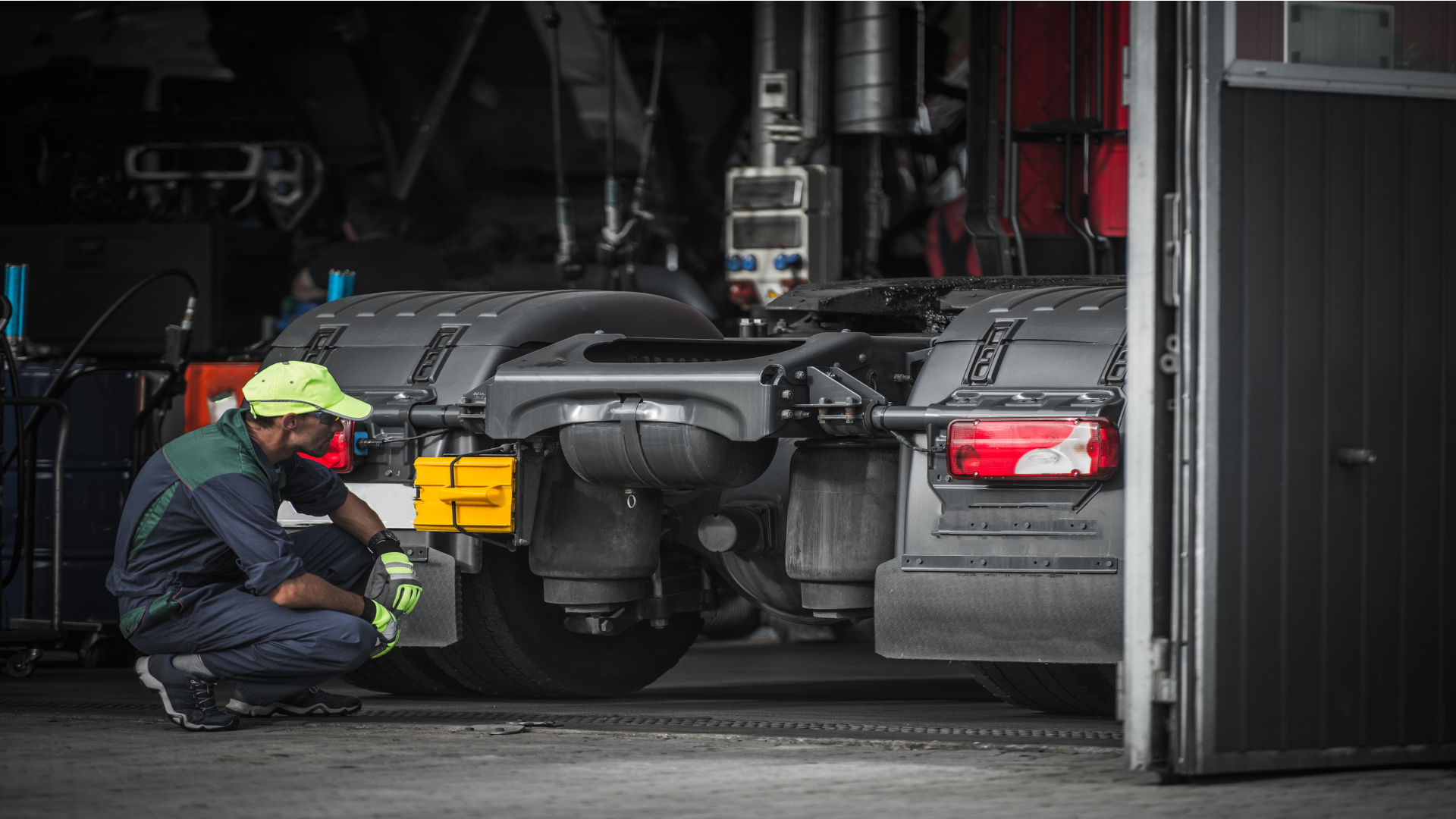An ordinary car user with a DPF filter will never have to deal with DPF error codes. A mechanic is different matter. For him, diagnostic trouble codes (DTCs) are a mine of knowledge, what is wrong with the car or its subassemblies. When internal sensors detect an abnormality or deviation from the norm, they transmit the code to the on-board computer diagnostic system (OBD).
Types of DTC error codes
Everything in the world tends to standardize. The international standards SAE and ISO have been in force since 2000 for car manufacturers, which unify OBD codes (the European version is EOBD). Therefore, the mechanic, independent of the manufacturer or the vintage, knows immediately what the defect is about.
Each code consists of five characters. The first letter symbolizes the location of the failure, the first digit says whether it is a generic fault or manufacturer fault.
Sample letters:
-
B – body
-
C – chassis
-
P – engine
-
U – communication system
The next three digits are responsible for the location in a particular car system and the type of error. For example in code P:
-
0, 1 and 2: for the air/fuel mixture
-
3 : for the ignition system
-
4 : for checking auxiliary emissions
-
5 : for engine idling
-
6 : for the onboard computer and ancillary outputs
-
7, 8 and 9: for the transmission (gearbox)
- A, B and C : for hybrid propulsion
Is the DTC error code a full diagnosis?
The DTC error codes is just the beginning of the diagnosis. It should be verified with the vehicle’s operating instructions, because some codes (P1) are sometimes specific to the manufacturer.
When the diagnostic system indicates a component failure, check several components. The sensor itself, which sends false data or its cabling, could have been damaged. When the sensor is functional, it is necessary to see the whole sequence of the system. It is possible that a part has been broken which affects further elements and the DTC error code applies to the latter. For example, a dirty air flow sensor affects fuel-trim adjustments. In this situation, the air sensor will indicate problems with the fuel mixture.
DPF error codes
Also, each of DPF error codes can have many causes and therefore each case must be considered individually.
We have included specific codes in a separate article. There is no one, top-down and always working procedure. The repair is based more on the mechanics’ experience and diligence. A entire exhaust system is quite complicated and it is not always possible to clearly indicate what and why it failed.
The first step should be to look through technical service bulletins (TSBs) for a specific car model. Certain errors are popular and manufacturers make commonly available corrections. This will help you save time when diagnosing.
If this does not help, look at the exhaust system thoroughly, not just the DPF filter itself.

The filter can be functional and other element is not worked properly eg:
-
ERG pipes and valves
-
fuel injectors
-
turbocharger
-
clamps
If the fault still can not be found, it is worth taking a closer look at the engine oil and the fuel used. Their poor quality can also affect the operation of the DPF filter and cause an error to be sent.
Broken DPF filter
The list of things you need to look at is long. If you are sure that the filter itself is not working as it should, better check:
-
pressure and temperature sensors, their circuits – they can be easily replaced for verification
-
sensor ports and their tubes can be clogged – replaced
-
system circuits – if you rule out sensors and wires, check the circuits. Disconnect all associated modules before testing. Check the continuity of the circuit with a voltmeter, if necessary, replace the circuit.
-
clogged DPF filter – then a replacement or professional cleaning is recommended
- defective DPF filter – often unprofessional filter cleaning may cause damage to the ceramic interior, so beware of it
How to proceed to prevent clogging of the DPF filter?
The driver who has already had a clogged DPF filter at least once knows exactly how to proceed in order to avoid repeating this situation too quickly. However, it is worth following a few general rules in every car.
Unburnt combustion products are deposited in the DPF filter. Therefore, the better the quality of diesel or gasoline, the better it burns and leaves less soot and carbon deposits. Thus, less of them settle in the filter and easier to burn them while driving. The bad habit is also to wait for a visit to the gas station. Some cars do not turn on automatic regeneration if there are less than 10 liters of fuel in the tank.
Another element that you need to take care of is engine oil. It must be in good quality, then it absorbs a lot of soot. In addition, it should be dedicated to vehicles with DPF filter, i.e. low ash content, e.g. LowSASP or Class C in ACEA classification. You can read more about DPF engine oils in this article. In addition to high quality, it should be replaced regularly. Oil that has been in operation for more than a year or on which the car has traveled more kilometers than the manufacturer’s recommendations loses its properties. Instead of helping, it will start to hurt.
The DPF is automatically regenerated during longer driving. It will not prevent the filter from being repaired, but it will generally delay the need for replacement. To start it, it is enough to drive about 15-20 minutes at speeds above 60 km / h once every 3-4 weeks or 300-600 km, with a minimum engine speed of 2000 rpm.
